|
People
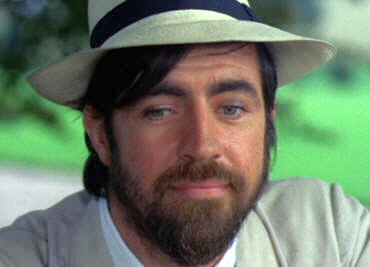
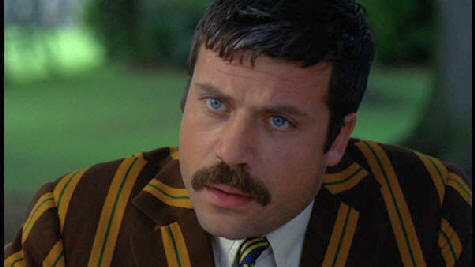
Alan Bates as Rupert a school inspector and Oliver Reed as Gerald
a mine owner are at their peak with subtle powerful acting. Both traded part of their
salary for a percentage of the profits. Bates' manager
negotiated $100,000 up-front plus $150,000 and 7.5% of net profits after
the film recouped costs. He also ensured Alan Bates was credited
before the film title (Spoto, Donald, Otherwise engaged: the life of
Alan Bates, 1941, Chapter 7). Russell offered Alan Bates the
role of Tchaikovsky in his next film The Music Lovers (ibid).
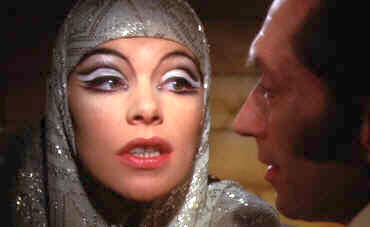 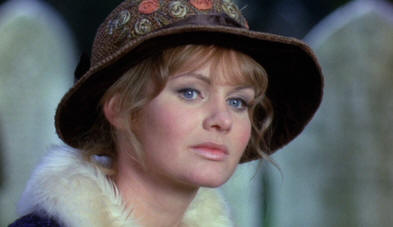
Glenda Jackson as Gudrun and Jennie Linden as her sister
Ursula. Glenda acts subtly and won an Oscar for her role. The
initial scenes, where her acting is by facial expression rather than
words, is presumably Ken Russell's idea and increases the depth of the
film. She was paid £5000 for the role.
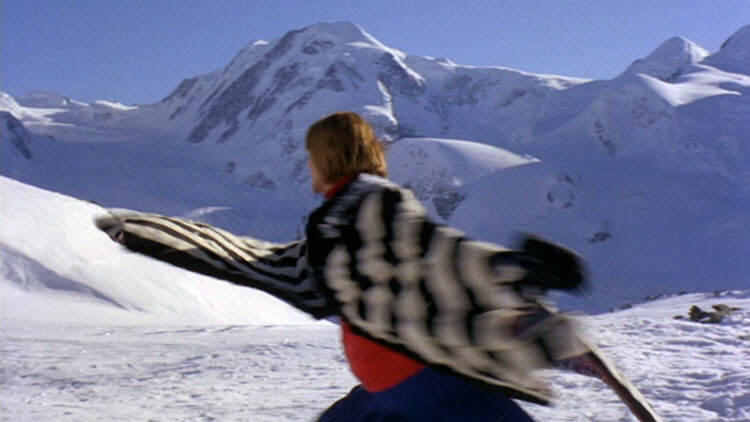
Glenda Jackson was pregnant but did
not tell Russell until it became obvious. Vladek Sheybal
says "there is a revealing shot in the film which nobody noticed
after its release, but which I noticed, when she dances with me
in the snow- suddenly we see a bulge" (from Glenda Jackson
A Study in Fire and Ice by Ian Woodward, 1985)
The editor is again Michael Bradsell. Russell describes the
scene with Gerard on horseback as a masterpiece of editing (from DVD
commentary).
Costumes are by first wife Shirley
Russell.
"The costumes of the central characters look forward from the war to
the youth, vigour and energy of the 1920s style. Scouring London
markets and regional auctions for examples of period dress, [Shirley]
Russell made the moment relevant; seeking links between the present and
the vivacious, wild but often troubled bright young things of the
decade... The resulting designs are wide ranging. In the opening
scenes, the two sisters are conspicuous in their fashionable attire. They
are set against the lived in clothes of the miners, who dress according to
necessity rather than want..." (Claire Smith, BFI Website, 8 October 2015,
click
here).

The Director of Photography is Billy Williams. Says Joy Gould Boyum (from Double Exposure:
Fiction into Film, 1985)
"the scenes between Rupert and Ursula tend to be brightly lit,
situated in daylight and frequently outdoors. The scenes between
Gerald and Gudrun, in contrast, tend to be set in interiors and most
often at night- with the prevailing darkness serving... to comment on
the texture of their relationship....".
Georges Delerue composed the
music, Russell says: "Certainly the power of the scene is greatly
enhanced by the music of Georges Delerue but it’s
not the exact music that he wrote for that particular
sequence... what I had to do was to cut out the fugue and
use the prelude, actually the prelude had tremendous, a
sort of growing intensity and power so it worked and the
fact that it cut off just as the moment when the two men
collapsed worked extremely well". Russell had previously made
a documentary in Delerue.
The song I'm Forever Blowing Bubbles" recurs throughout the
film, on the DVD commentary Russell says the song "symbolised illusion and
fantasy". Other music includes Dans Aromân in D Minor by Theodor
Rogalskis (the dancing with highland cattle sequence) and Jerusalem.
The credits state the film was shot on location in Nottinghamshire,
Derbyshire, Yorkshire, Northumberland, County Durham, London as well as
Zermatt, Switzerland.
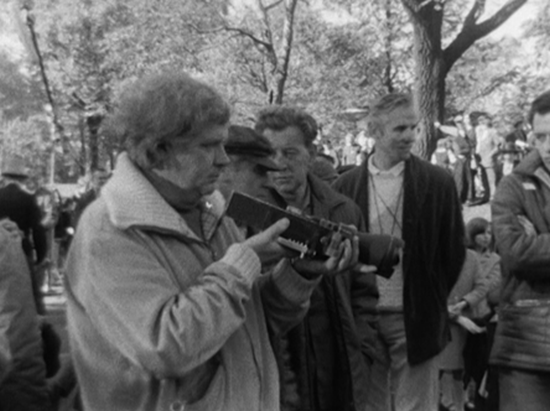
Russell received an Oscar nomination for his direction, alongside
Fellini and Altman. He is seen here preparing shots, below
with Director of Photography Billy Williams (both images from DVD extras).
"Flamboyant film director Ken Russell was admirably suited
to devising visual and aural analogues for key aspects of Laurence's
purple prose" (D.H. Lawrence on Screen, Jane Jaffe Young,
1999, chapter 4).
"Ken Russell achieves something in this film that is very
difficult to achieve, which is to identify the language of the novel as
well as the cinematic translation of it. The film has a language all its
own that is just amazing and remarkable. It tells a story of compression
and repression, and Russell finds a kind of modernist language that helps
give life to the film's story. It's an incredible movie about the male
identity and the possibility of men embracing the fullness of sexuality"
(Luca Guadagnino, A.Frame, click
here).
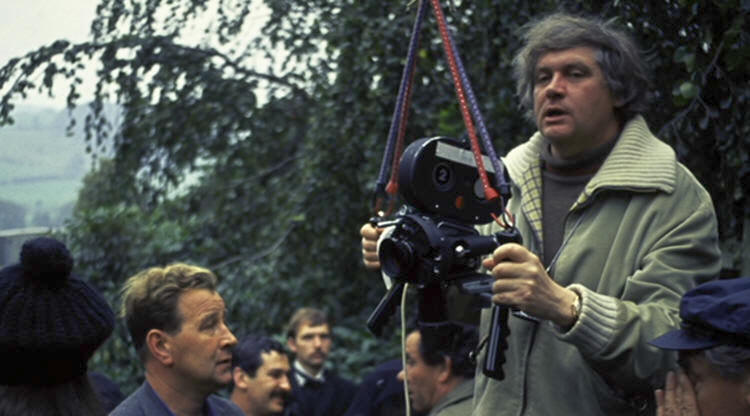
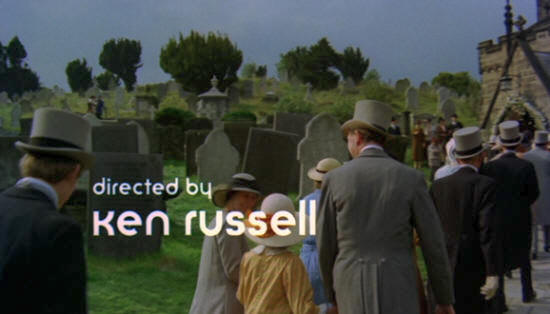
All images from the DVD of the film or DVD extras.
|